Home>Garden Essentials>On Average How Many Seeds Are On A Strawberry
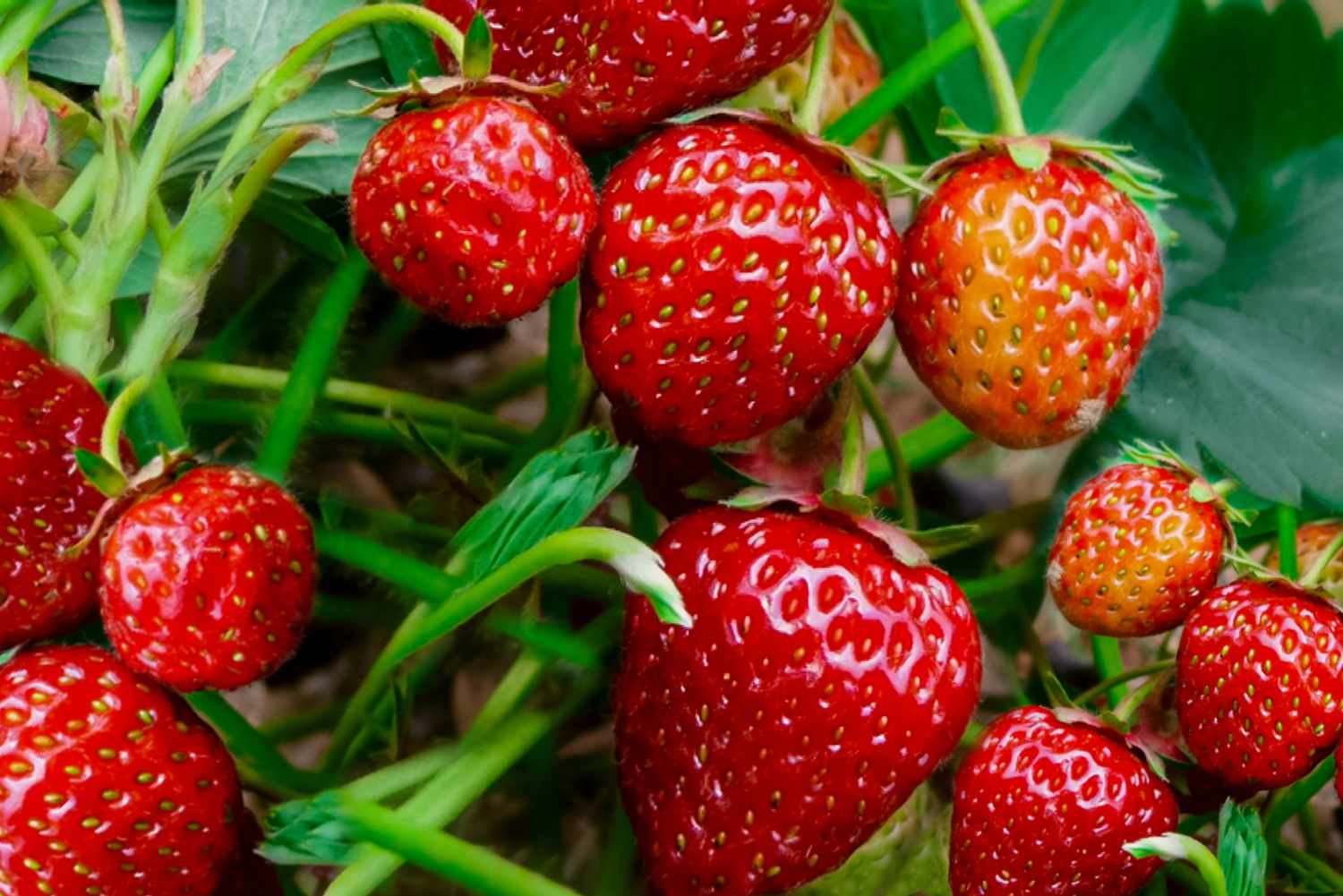

Garden Essentials
On Average How Many Seeds Are On A Strawberry
Modified: March 15, 2024
Discover the average number of seeds found on a strawberry in your garden. Learn more about strawberry seed count and planting tips to enhance your garden's fruit yield.
(Many of the links in this article redirect to a specific reviewed product. Your purchase of these products through affiliate links helps to generate commission for Storables.com, at no extra cost. Learn more)
Introduction
Have you ever wondered how many seeds are on a strawberry? These juicy, red berries are not only a delicious treat but also a botanical wonder. From their vibrant color to their sweet flavor, strawberries have captivated the hearts of many. And nestled within the flesh of a strawberry are tiny seeds, an integral part of their anatomy.
In this article, we will delve into the fascinating world of strawberry seeds. We will explore their present on a strawberry, factors that can affect the number of seeds, and the significance of these seeds in the life cycle of the berry. So, whether you’re a strawberry enthusiast or simply curious about the wonders of nature, let’s dive in and discover how many seeds are typically found on a strawberry.
Key Takeaways:
- Strawberry seeds, called achenes, are essential for reproduction and can range from 150 to 200 on average. Factors like variety, pollination, and fruit size can affect the seed count.
- Strawberry seeds play a vital role in reproduction, add texture to culinary creations, and offer educational value. They are a small but significant part of the beloved fruit’s life cycle.
Read more: How Many Seeds In Strawberry
The Anatomy of a Strawberry
Before we explore the number of seeds on a strawberry, let’s first understand the anatomy of this delectable fruit. A fully ripened strawberry consists of several parts, each with a unique role in the development and reproduction of the plant.
The first noticeable part of a strawberry is its juicy red flesh, which gives it its distinct taste and color. This fleshy outer layer, known as the pericarp, protects the seeds and aids in attracting animals for seed dispersal. Encased within the flesh are the true stars of the show – the seeds.
Strawberry seeds, also called achenes, are small and numerous, dotting the surface of the strawberry’s flesh. These tiny seeds emerge from the receptacle, a central part of the flower that carries the ovary where the seeds develop. The receptacle, which is part of the strawberry’s stem, enlarges and becomes fleshy as the fruit matures.
In addition to the seeds and flesh, a strawberry also has a green stem, known as the calyx. This leafy structure protects the developing strawberry and helps to anchor it to the plant. The calyx is usually removed before consuming the fruit, but its presence adds to the visual appeal of a freshly picked strawberry.
Now that we have familiarized ourselves with the anatomy of a strawberry, let’s move on to the intriguing question of how many seeds typically adorn this delectable fruit.
How Many Seeds Are Typically Found on a Strawberry?
The number of seeds found on a strawberry can vary depending on several factors, including the strawberry variety, growing conditions, and the fruit’s size. On average, a strawberry can have anywhere from 150 to 200 seeds.
However, it is essential to note that the seed count on a strawberry can be quite subjective. The size of the strawberry, for instance, will directly impact the number of seeds present. Larger strawberries tend to have more space for seeds, resulting in a higher count. Conversely, smaller strawberries may have fewer seeds due to limited space.
The specific strawberry variety also plays a role in the seed count. Different strawberry cultivars have varying characteristics, including the number of seeds they produce. Some varieties are known for having more prominent seeds, while others may have smaller seeds and a higher seed count.
Furthermore, environmental factors can influence the number of seeds on a strawberry. Adequate pollination, sunlight, and optimal growing conditions can contribute to a higher seed count. On the other hand, factors like insufficient pollination or adverse weather conditions may result in a lower seed count.
It’s important to note that while strawberries typically have numerous seeds, they are not actually considered true seeds. Instead, each seed is an individual fruit, known as an achene, containing a tiny embryo and surrounded by a protective seed coat.
So, the exact number of seeds on a strawberry may differ from fruit to fruit, but the average range of 150 to 200 seeds serves as a general guideline.
Now that we have explored the typical number of seeds on a strawberry, let’s investigate the various factors that can affect this seed count.
On average, a strawberry has about 200 seeds on its outer surface.
Factors Affecting the Number of Seeds on a Strawberry
Several factors can influence the number of seeds found on a strawberry. Understanding these factors can shed light on the variations in seed count from one fruit to another. Let’s explore some key elements that can affect the number of seeds on a strawberry:
- Variety: Different strawberry varieties have distinct characteristics, including the number of seeds they produce. Some varieties are bred to have larger, juicier fruits with fewer seeds, while others may prioritize higher seed production. It is worth noting that both seeded and seedless varieties of strawberries are available, offering consumers various options.
- Pollination: Proper pollination is crucial for the development of seeds on a strawberry. Strawberries are primarily pollinated by bees and other insects. Insufficient pollination can result in a lower seed count. Poor weather conditions or a lack of pollinators in the area can negatively impact the pollination process and, consequently, the number of seeds.
- Growing Conditions: The growing conditions of strawberries also play a significant role in seed production. Strawberries thrive in well-drained soil with sufficient organic matter and water. Adequate sunlight exposure and optimal temperatures promote healthy plant growth, leading to a higher seed count. In contrast, stressful growing conditions, such as extreme heat or drought, can reduce seed production.
- Fruit Size: The size of a strawberry can impact the number of seeds it contains. Larger strawberries generally have more space to accommodate seeds, resulting in a higher seed count. Conversely, smaller strawberries may have fewer seeds due to limited space for seed development.
- Genetics: The genetic makeup of a strawberry plant can influence its seed production. Some strawberry varieties naturally produce more seeds than others, irrespective of external factors. Breeders can select and develop cultivars with specific seed characteristics, including the number of seeds per fruit.
By considering these factors, we can begin to understand the variations in seed count on strawberries. Each strawberry is unique, influenced by its genetics, pollination, growing conditions, and other factors, resulting in a range of seed counts among different fruits.
Now that we have explored the factors affecting the number of seeds on a strawberry, let’s delve into the significance of these tiny seeds.
The Significance of Strawberry Seeds
While strawberry seeds may seem small and inconspicuous, they play a vital role in the life cycle and propagation of the strawberry plant. Let’s explore the significance of these tiny seeds:
- Reproduction: The primary purpose of strawberry seeds is reproduction. Each seed contains the genetic material necessary to grow into a new strawberry plant. When a strawberry is consumed by an animal or falls to the ground, the seeds are dispersed. If conditions are favorable, the seeds can germinate and give rise to new plants. This enables strawberries to reproduce and spread their genetic diversity.
- Culinary Delight: Although the seeds themselves are not typically consumed, their presence adds texture and visual appeal to culinary creations. The crunch of the seeds can provide a delightful contrast to the soft flesh of the strawberry. Additionally, when strawberries are used in jams, sauces, or desserts, such as strawberry shortcake, the seeds add a unique touch and enhance the overall experience.
- Garden Innovation: Strawberry seeds also hold significance for avid gardeners and plant enthusiasts. Gardeners can collect and save strawberry seeds to grow their own plants from scratch. This allows them to select and cultivate specific varieties or experiment with hybridization, resulting in unique strawberry plants with desired traits.
- Source of Nutrients: While the seeds themselves are not a significant source of nutrients, strawberries as a whole are a nutritious fruit. They are rich in vitamins C and K, manganese, dietary fiber, and antioxidants. Consuming strawberries, including their seeds, can contribute to a well-rounded and healthy diet.
- Educational Value: Strawberry seeds can serve as an educational tool, especially for children. Observing and studying the seeds of a strawberry can provide insights into plant anatomy, seed germination, and the life cycle of plants. Growing strawberries from seeds can be a fun and interactive way for children to learn about plant reproduction and gardening.
Overall, strawberry seeds are not only a functional part of the fruit’s reproductive process but also hold culinary, horticultural, and educational significance. They contribute to the overall enjoyment of strawberries and provide opportunities for exploration and discovery in various contexts.
As we conclude our exploration of strawberry seeds, we can appreciate the intricate role they play in the life of this beloved fruit. So, the next time you bite into a juicy strawberry, remember the tiny seeds that allow it to flourish and continue its journey in nature.
Read more: How Many Seeds On Strawberry
Conclusion
Strawberries are a delightful fruit that brings joy to many with their vibrant color, sweet flavor, and nutritional benefits. Nestled within the juicy flesh of a strawberry are numerous seeds, known as achenes, which contribute to the anatomy and reproductive cycle of the plant.
On average, a strawberry can have anywhere from 150 to 200 seeds. However, the actual seed count can vary depending on factors such as the strawberry variety, pollination, growing conditions, and fruit size. Each strawberry is unique, with its own seed count, adding to the natural diversity of this beloved fruit.
Although small in size, strawberry seeds hold significant value. They contribute to the reproduction of the strawberry plant, ensuring the continuation of the species. Seeds also provide a textural element in culinary creations and serve as a source of inspiration for gardeners who wish to grow their own strawberries from scratch.
Furthermore, strawberry seeds have educational value, offering insights into plant anatomy, seed germination, and the life cycle of plants. They can be used to engage and educate children about the wonders of nature and the importance of plant reproduction.
So, the next time you enjoy a luscious strawberry, take a moment to appreciate the tiny seeds that contribute to its beauty and significance. Whether you admire their role in reproduction, savor the crunch they add to your dishes, or use them as a source of inspiration in your garden, strawberry seeds are a testament to the intricate wonders of the natural world.
In conclusion, strawberry seeds encapsulate the essence of nature’s brilliance, reminding us of the intricate processes that enable life to flourish. So, indulge in the sweetness of strawberries and cherish the seeds that lie within, for they are a testament to the beauty and ingenuity of the botanical world.
Frequently Asked Questions about On Average How Many Seeds Are On A Strawberry
Was this page helpful?
At Storables.com, we guarantee accurate and reliable information. Our content, validated by Expert Board Contributors, is crafted following stringent Editorial Policies. We're committed to providing you with well-researched, expert-backed insights for all your informational needs.
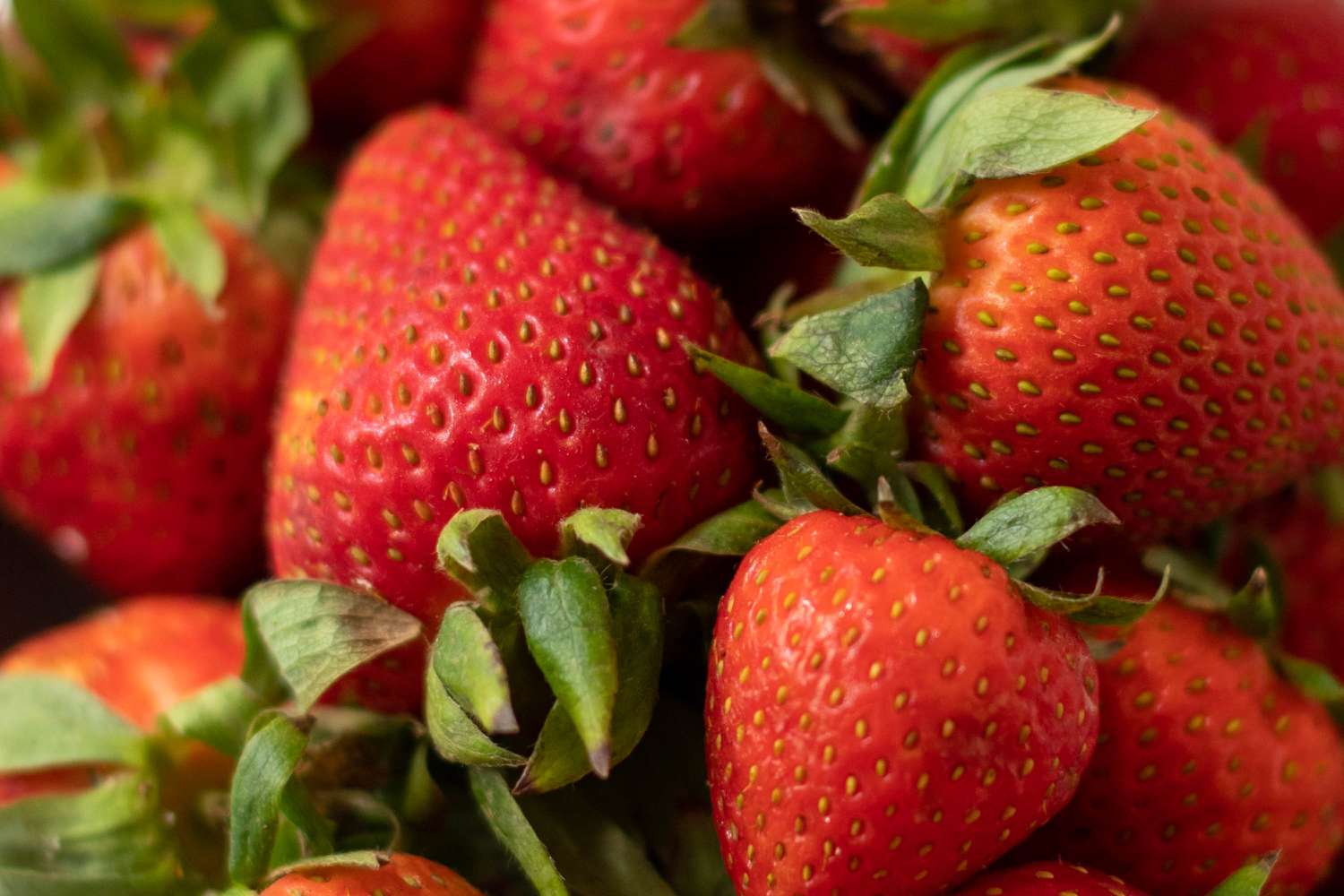
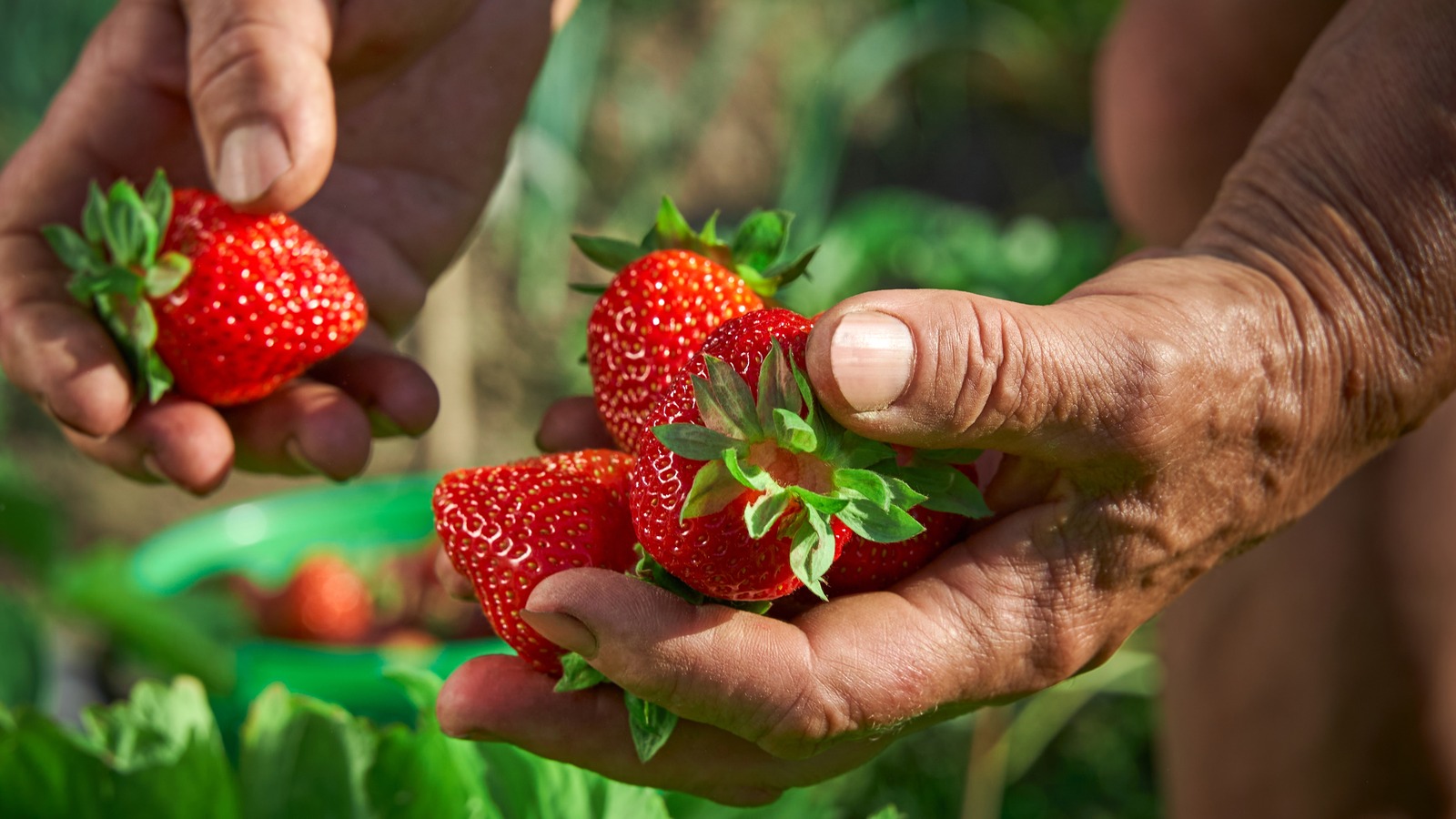
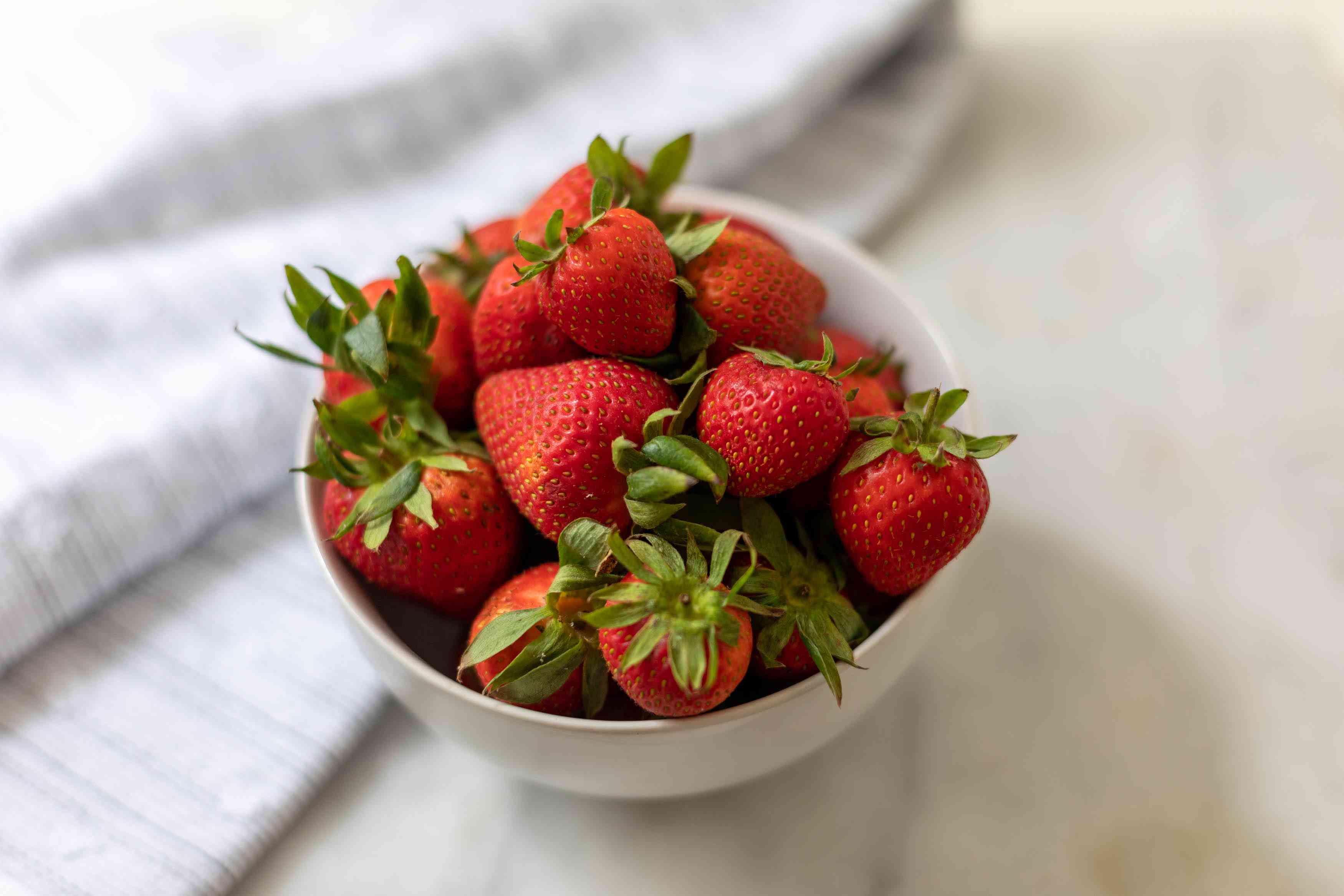
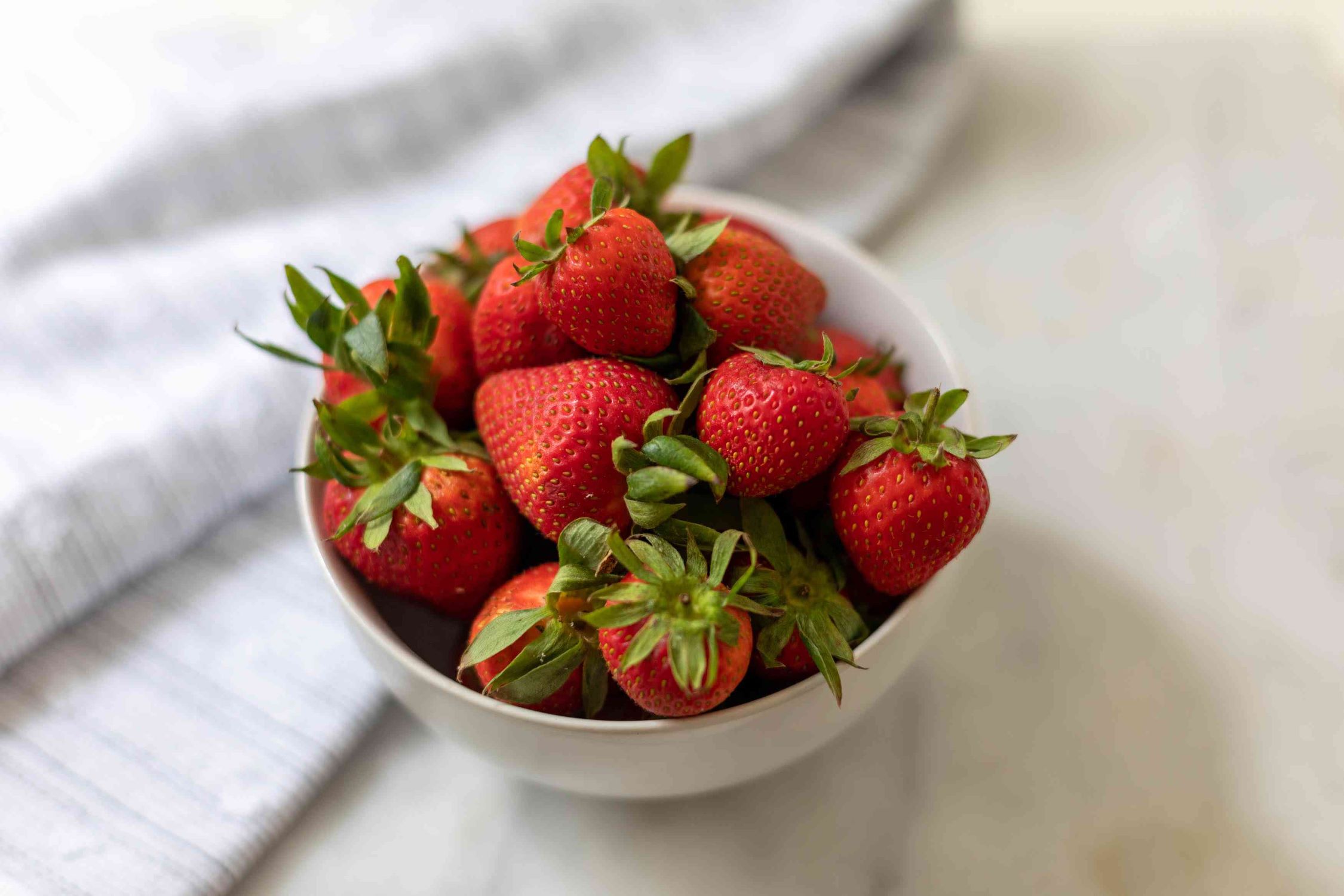
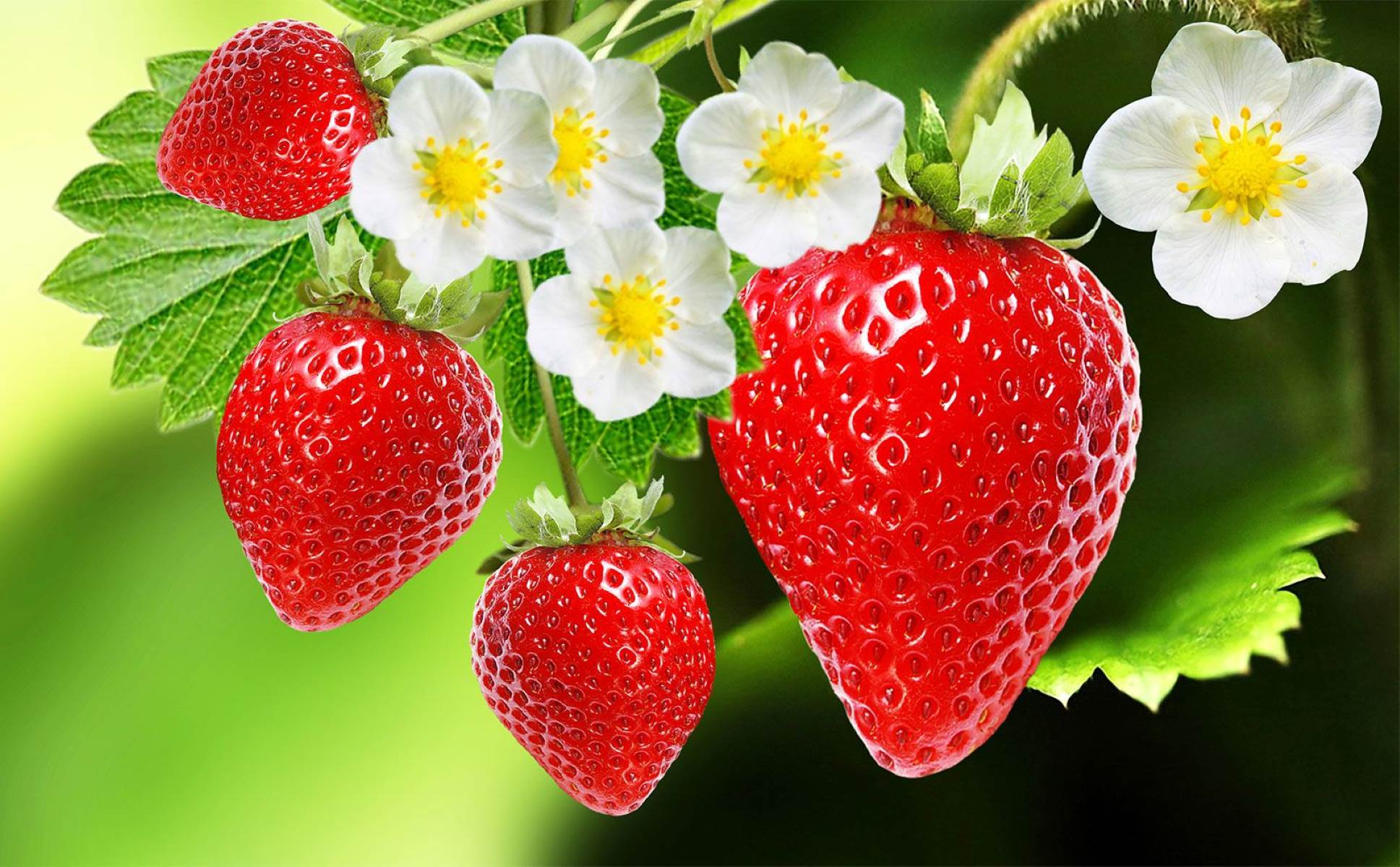
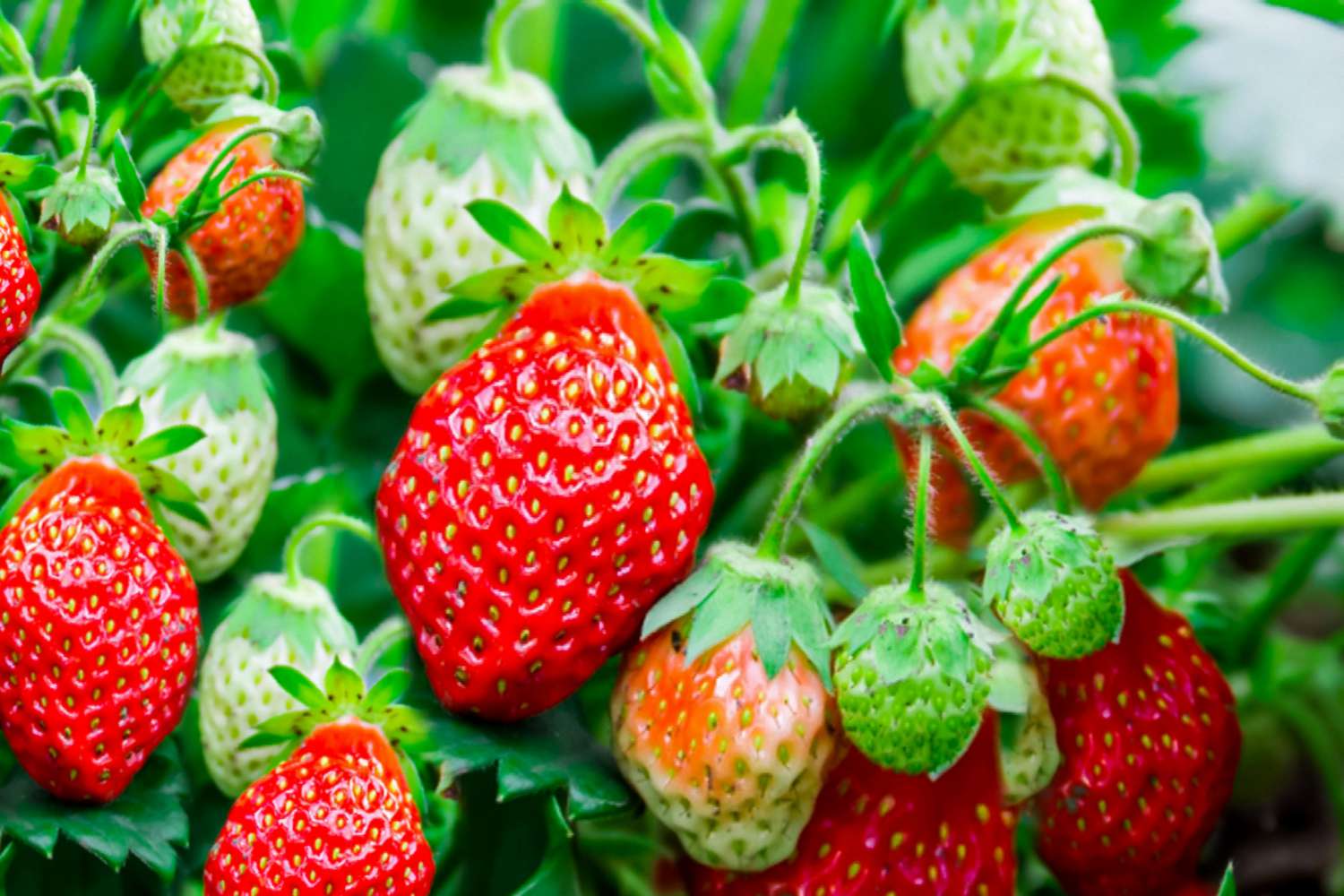
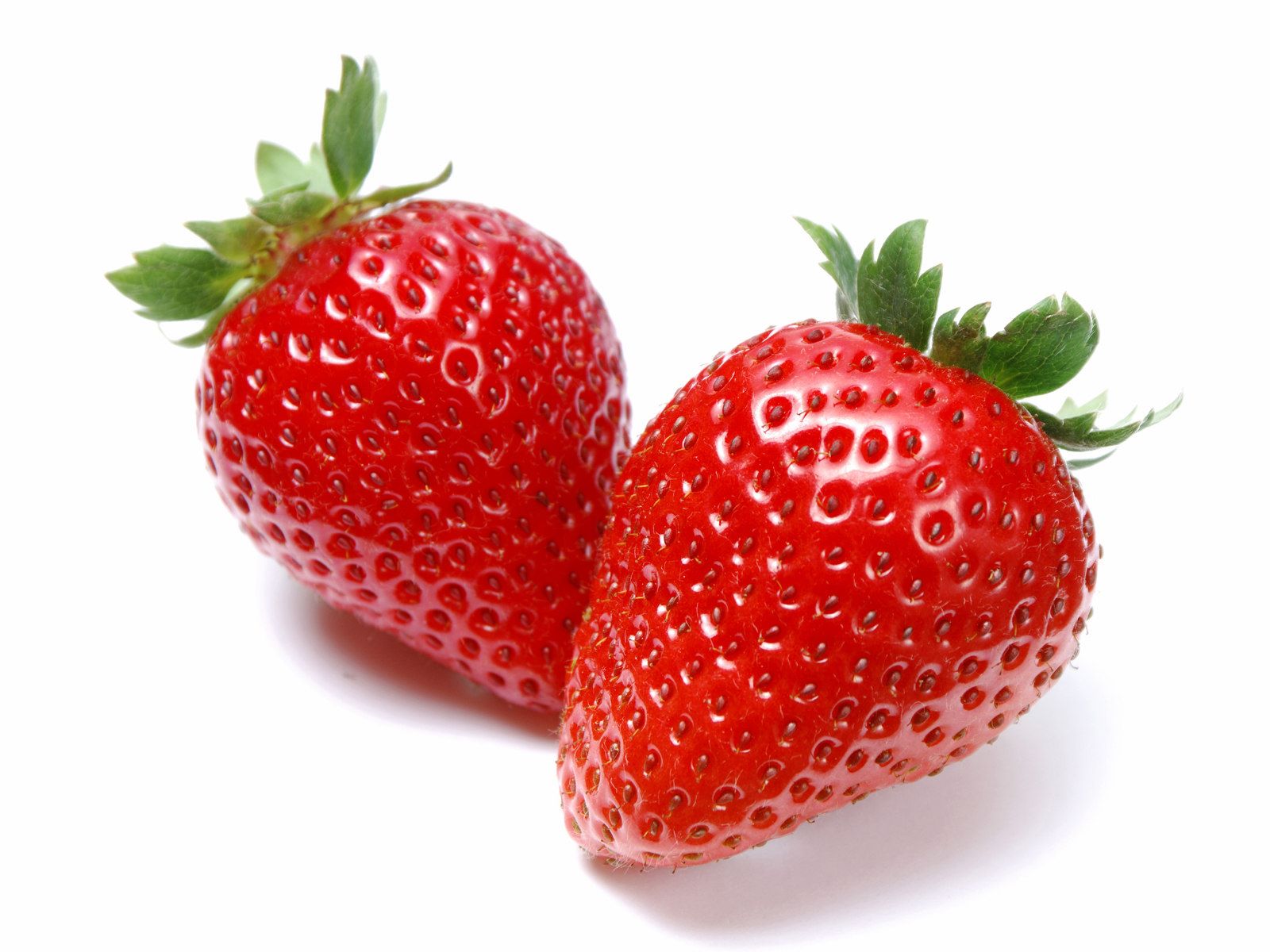
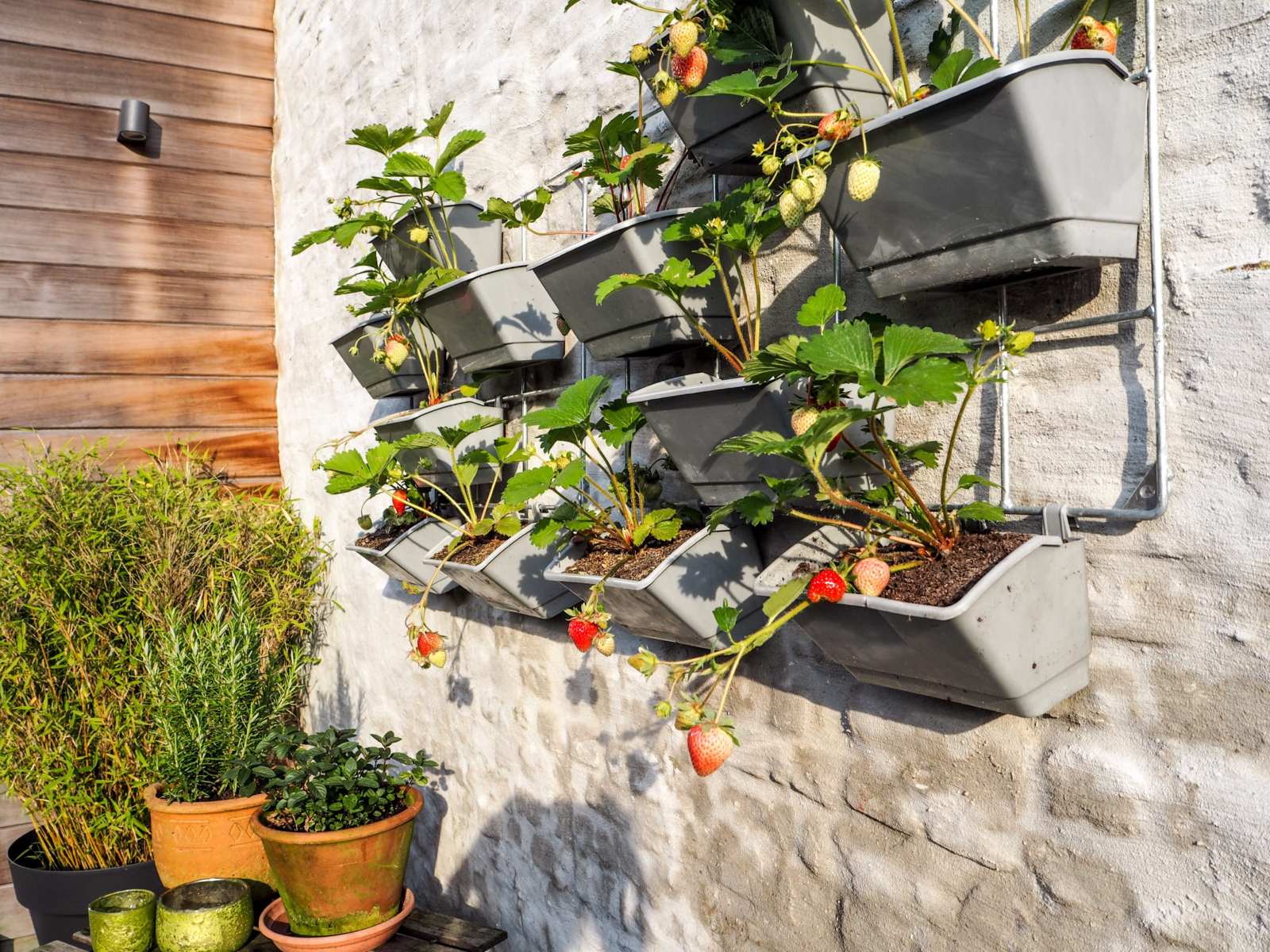
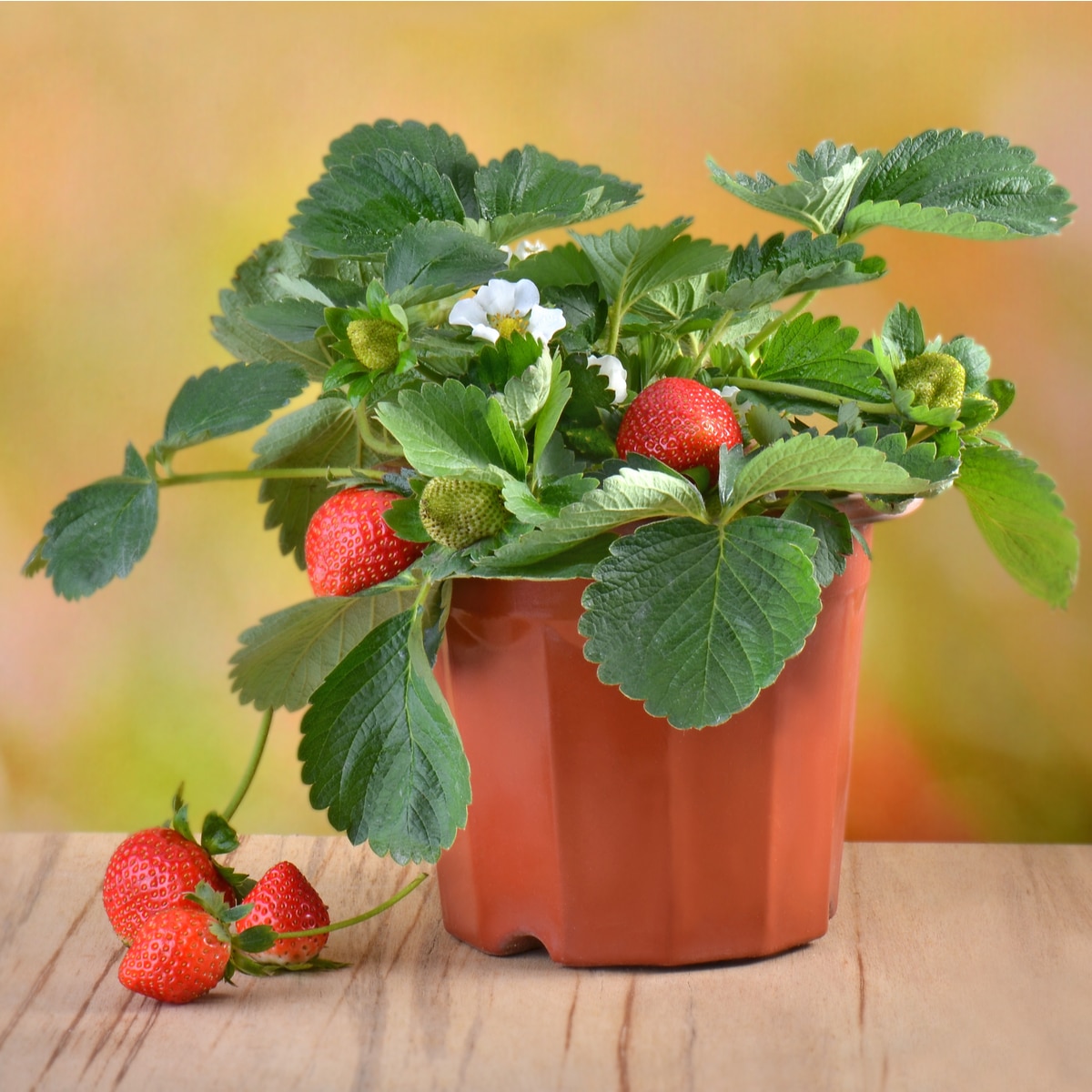
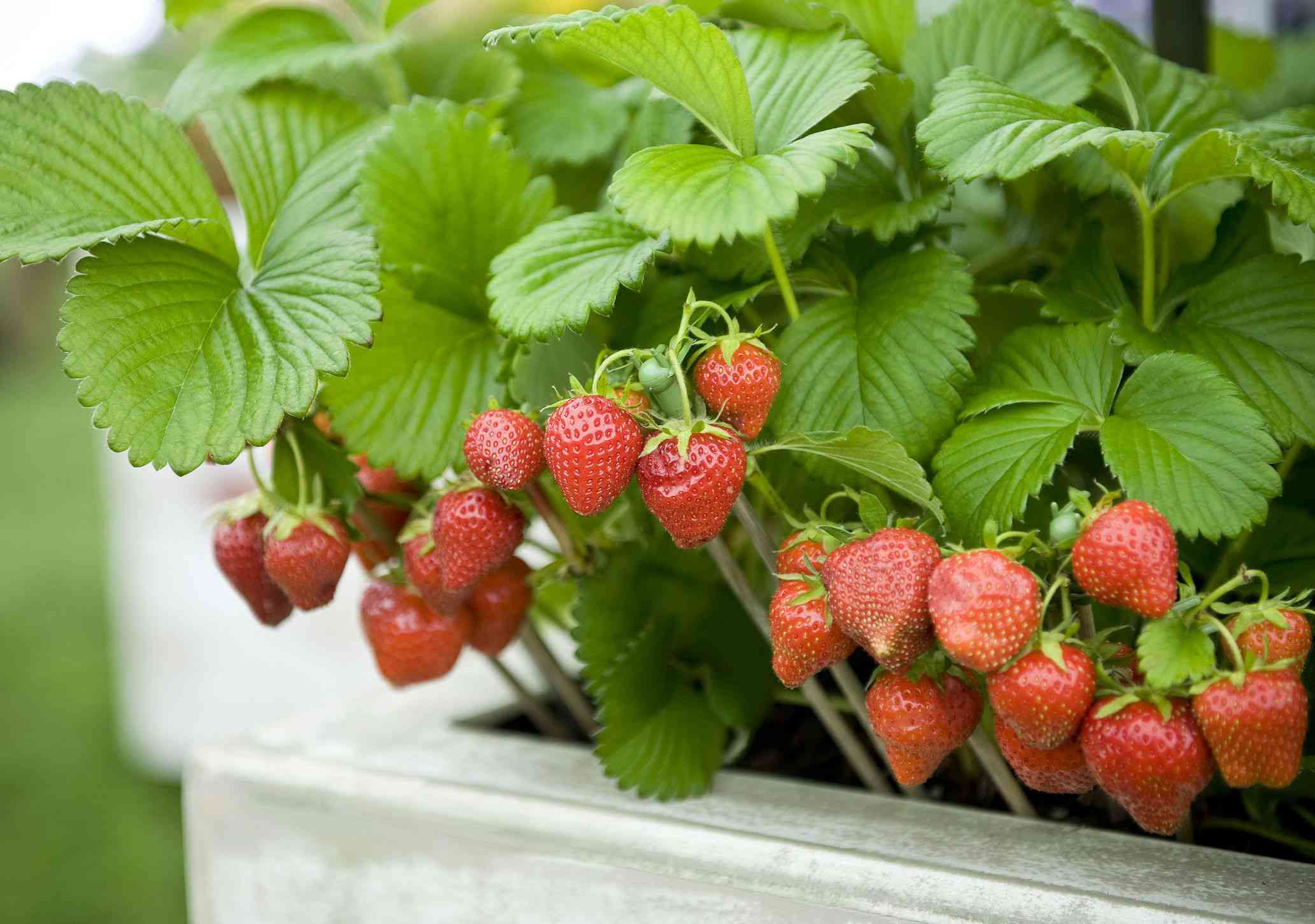
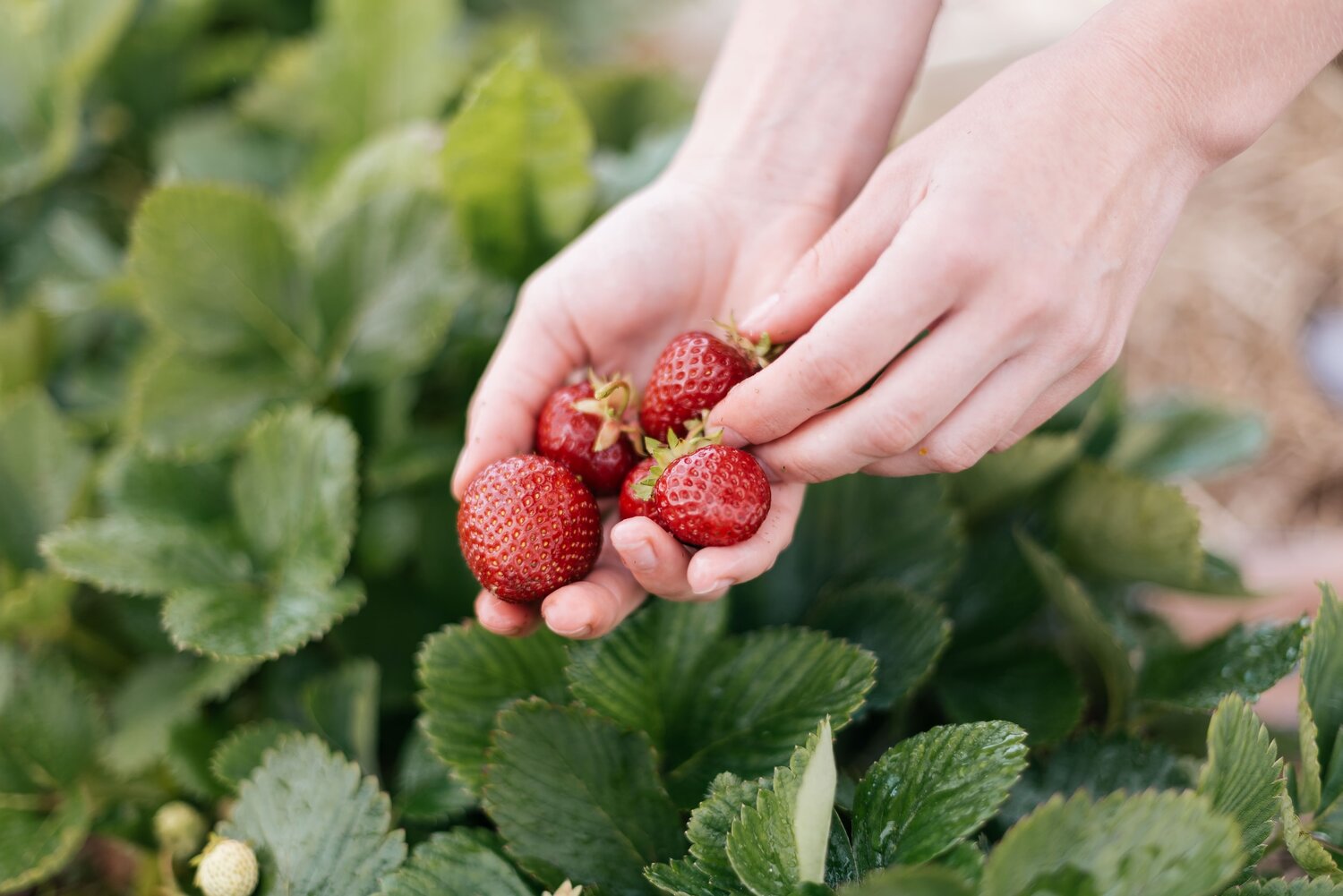
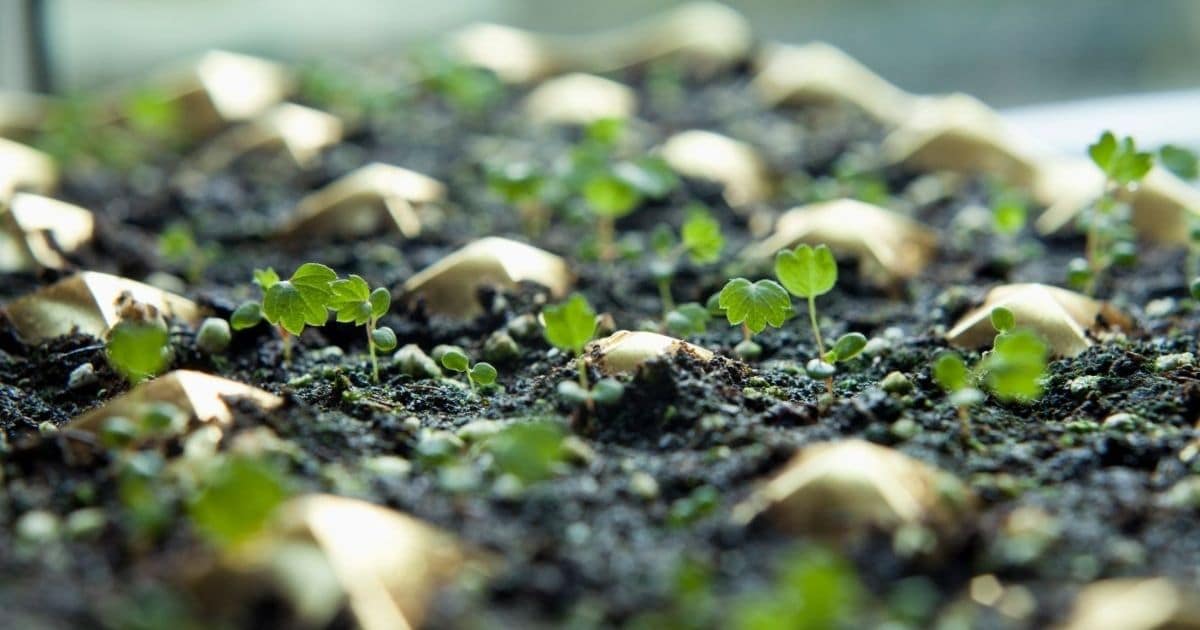
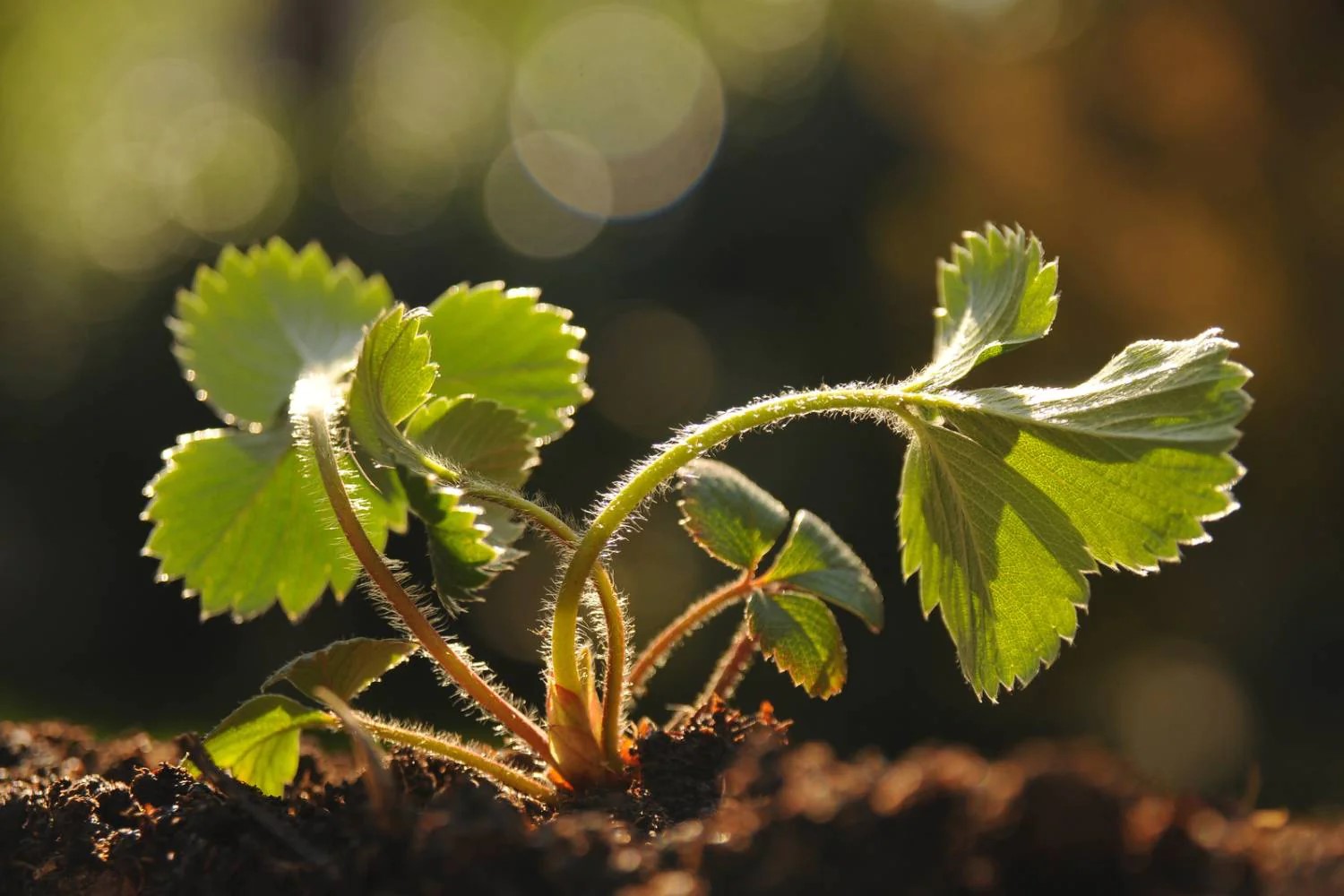
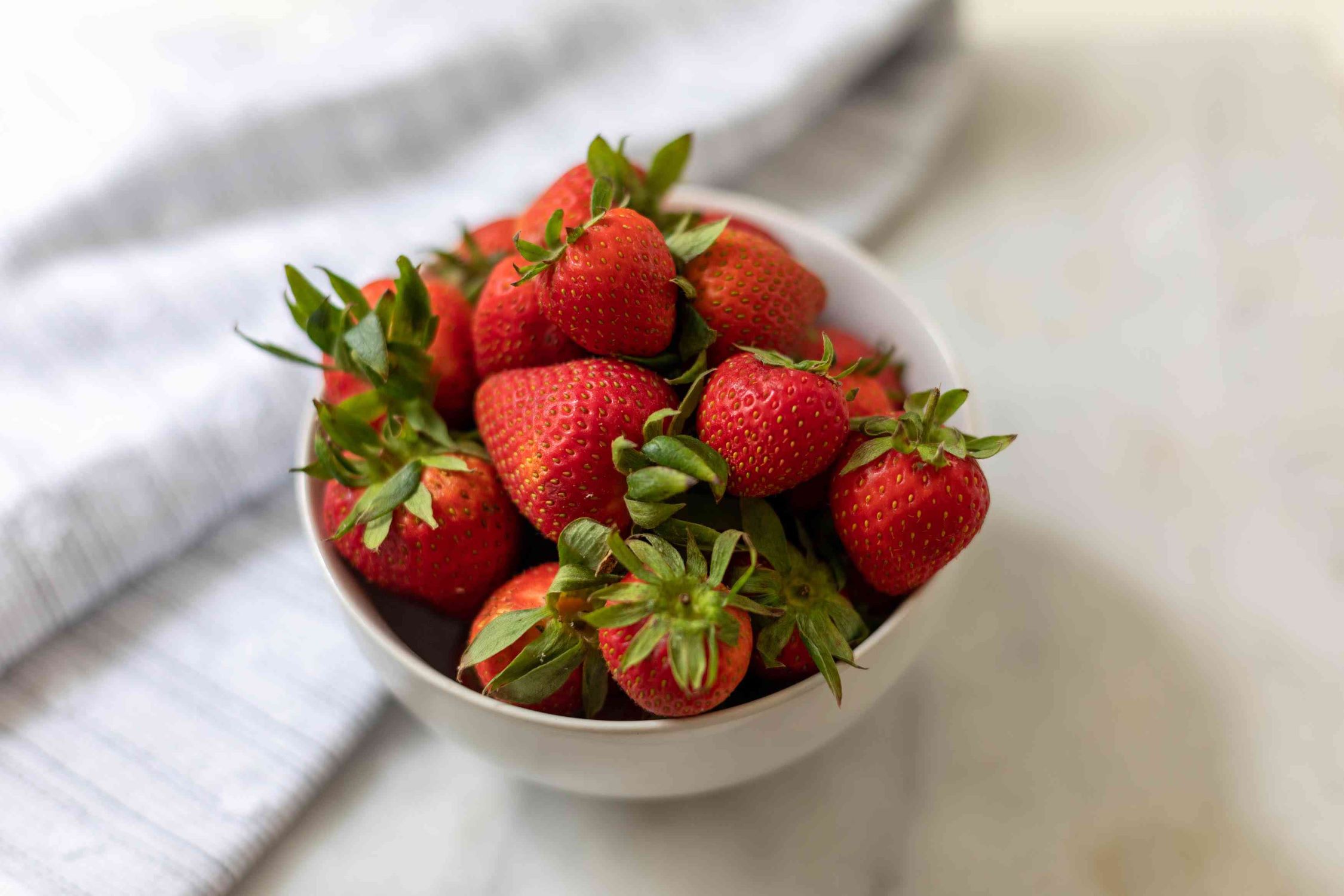

0 thoughts on “On Average How Many Seeds Are On A Strawberry”